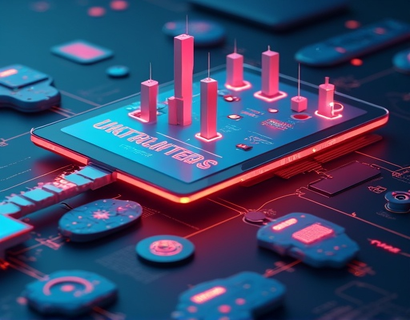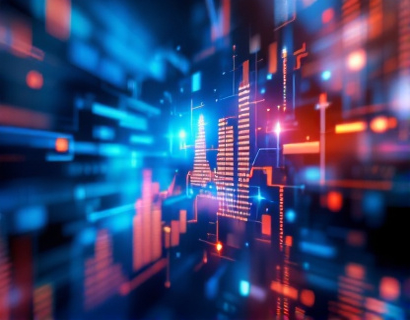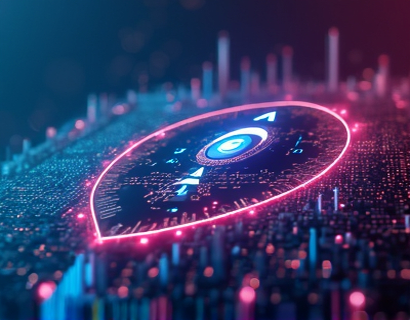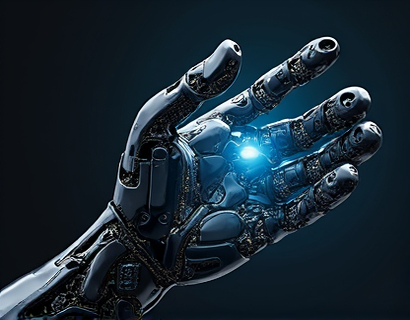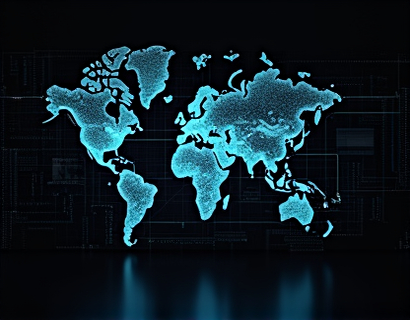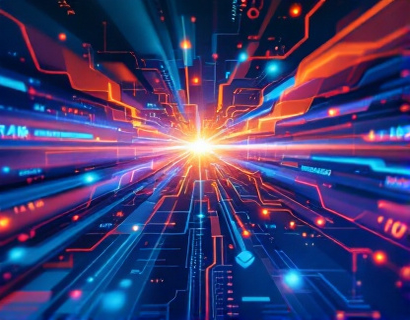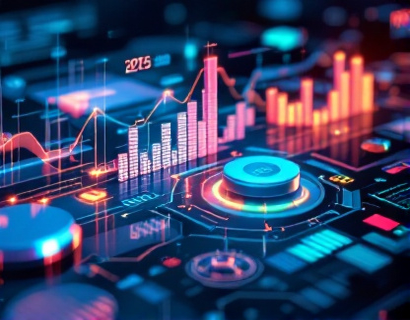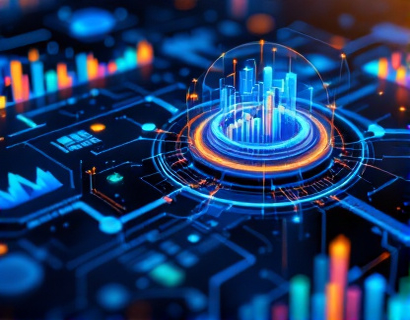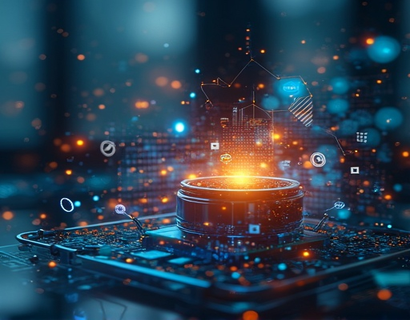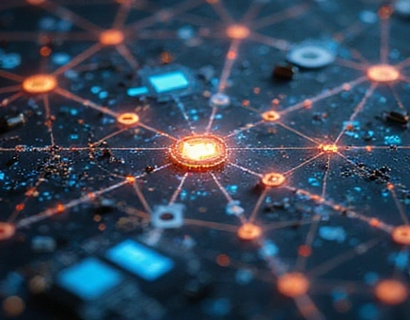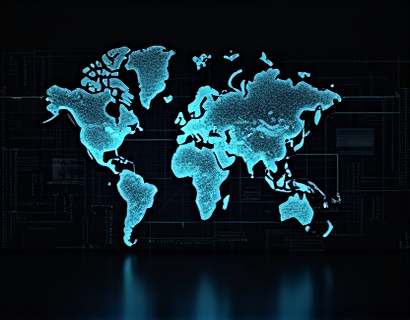Unlocking Advanced Digital Transformation: The Synergy of AI and Crypto
The intersection of artificial intelligence (AI) and cryptocurrency represents a frontier of digital innovation, offering unprecedented opportunities for early adopters and tech innovators. This fusion is not just a technological curiosity but a transformative force that can redefine how we secure, manage, and leverage digital assets. As we delve into this topic, it's essential to understand the foundational roles that AI and cryptocurrency play individually, and how their integration can unlock new dimensions of efficiency, security, and innovation.
Foundations of AI and Cryptocurrency
Artificial intelligence, characterized by its ability to learn, reason, and self-correct, has revolutionized various sectors by automating complex tasks and providing insights from vast datasets. In the context of cryptocurrency, AI can enhance trading strategies, risk management, and even the creation and management of digital assets. Cryptocurrency, on the other hand, is a digital or virtual currency that uses cryptography for security, operating on decentralized networks like blockchain. This decentralized nature ensures transparency, security, and resistance to censorship.
The blockchain, the underlying technology of cryptocurrency, is a distributed ledger that records transactions across multiple computers. This technology ensures that once data is recorded, it cannot be altered retroactively without the alteration of all subsequent blocks, which requires consensus from the network. This inherent security and transparency make blockchain an ideal platform for integrating AI solutions, as it provides a robust and trustworthy environment for data processing and decision-making.
Enhancing Security with AI and Crypto
One of the most significant benefits of combining AI and cryptocurrency is the enhancement of security measures. Traditional security protocols can be vulnerable to sophisticated cyber attacks, but AI can dynamically adapt to new threats. Machine learning algorithms can analyze patterns in transaction data to detect anomalies and potential fraud in real-time. This proactive approach to security is crucial in the crypto space, where the value of assets can be immense and the risk of attacks is ever-present.
Smart contracts, self-executing contracts with the terms directly written into code, can also benefit from AI integration. AI can optimize the execution of smart contracts by predicting and adapting to various scenarios, ensuring that transactions are executed efficiently and securely. For instance, AI can monitor market conditions and automatically adjust the parameters of a smart contract to mitigate risks or capitalize on opportunities.
Improving Efficiency Through AI-Driven Automation
Efficiency is a key driver for early adopters in the tech space, and the integration of AI with cryptocurrency can significantly streamline processes. Automation of routine tasks such as transaction verification, data analysis, and report generation can free up resources, allowing teams to focus on more strategic initiatives. AI can process and analyze large volumes of data much faster than humans, providing insights that can inform better decision-making.
In the realm of cryptocurrency trading, AI can execute trades at optimal times based on predictive analytics, reducing emotional bias and increasing the likelihood of profitable outcomes. Additionally, AI can manage wallets and exchanges, automating the transfer of assets and minimizing human error. This level of automation not only saves time but also reduces the potential for human mistakes, enhancing overall operational efficiency.
Innovation in Digital Asset Management
The integration of AI and cryptocurrency opens up new possibilities for digital asset management. AI-driven platforms can offer personalized investment advice, tailoring recommendations based on an individual's risk tolerance, investment goals, and market conditions. These platforms can continuously learn from market data and user interactions, refining their suggestions over time to provide increasingly accurate and valuable insights.
Furthermore, AI can facilitate the creation and management of decentralized finance (DeFi) products. By analyzing market trends and user behavior, AI can help design financial instruments that are more resilient and attractive to users. This innovation can democratize access to financial services, making them available to a broader audience without the need for intermediaries.
Enhancing User Experience and Engagement
The user experience is a critical factor in the adoption and success of any technology. AI can significantly enhance how users interact with cryptocurrency platforms. Chatbots powered by natural language processing (NLP) can provide instant customer support, answering queries and guiding users through complex processes. This level of accessibility ensures that users, regardless of their technical expertise, can navigate and utilize crypto services with ease.
Personalization is another area where AI shines. By analyzing user behavior and preferences, AI can curate content, recommend products, and tailor the overall user interface to individual needs. This personalized approach not only improves user satisfaction but also increases engagement and retention. Users are more likely to remain active and loyal to platforms that understand and cater to their specific requirements.
Challenges and Considerations
While the potential benefits of integrating AI and cryptocurrency are substantial, there are also challenges and considerations that must be addressed. One of the primary concerns is the regulatory landscape. The crypto space is still evolving, and regulations vary widely across jurisdictions. AI solutions must be designed with compliance in mind, ensuring that they adhere to local and international laws. This requires a deep understanding of regulatory requirements and continuous monitoring of legal changes.
Another challenge is the technical complexity involved in integrating AI with blockchain technology. Developing robust and secure AI models that can operate on decentralized networks requires specialized expertise and resources. Additionally, the computational power required for AI processes can be significant, and ensuring that these processes are energy-efficient and environmentally sustainable is crucial.
Future Prospects and Opportunities
The future of AI and cryptocurrency integration holds immense potential. As AI technologies continue to advance, we can expect even more sophisticated applications in the crypto space. For instance, the development of AI-powered oracles can provide real-time data feeds to smart contracts, enabling them to make informed decisions based on external information. This can expand the capabilities of DeFi platforms and other blockchain-based applications, making them more dynamic and responsive to market changes.
Moreover, the convergence of AI and cryptocurrency can drive innovation in other areas such as supply chain management, healthcare, and finance. The principles of transparency, security, and automation that underpin blockchain can be enhanced by AI to create more efficient and trustworthy systems. Early adopters and tech innovators who embrace this synergy will be well-positioned to lead the charge in these emerging fields.
In conclusion, the fusion of AI and cryptocurrency represents a powerful force for digital transformation. By enhancing security, improving efficiency, and driving innovation, this integration offers a wealth of opportunities for early adopters and tech pioneers. As the technology continues to evolve, those who invest time and resources into understanding and leveraging this synergy will be at the forefront of the next digital revolution.





